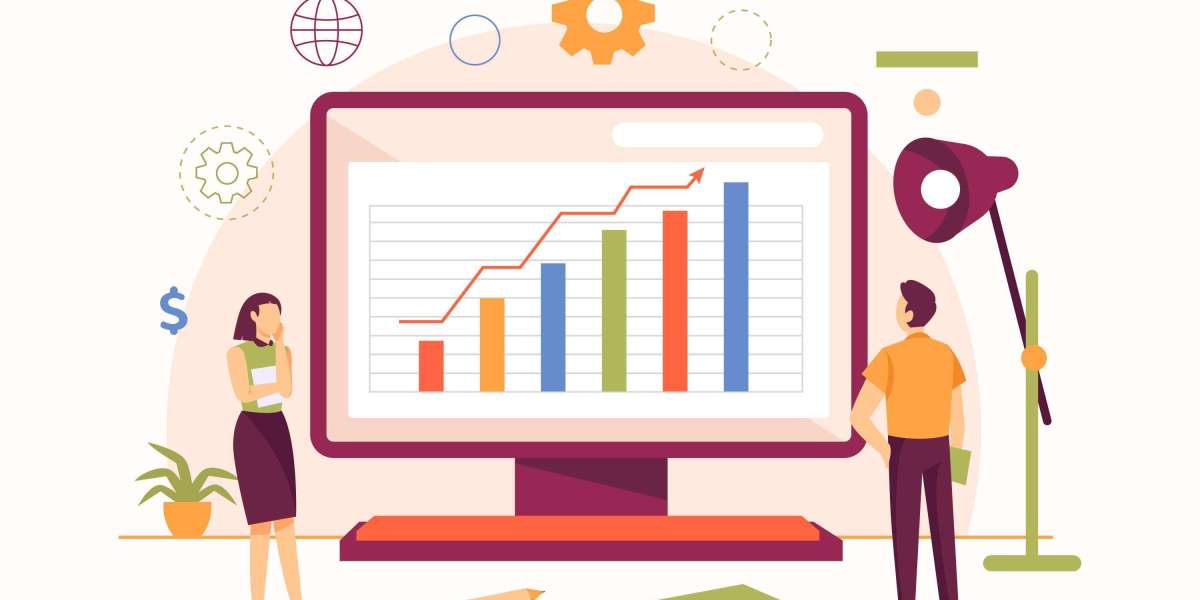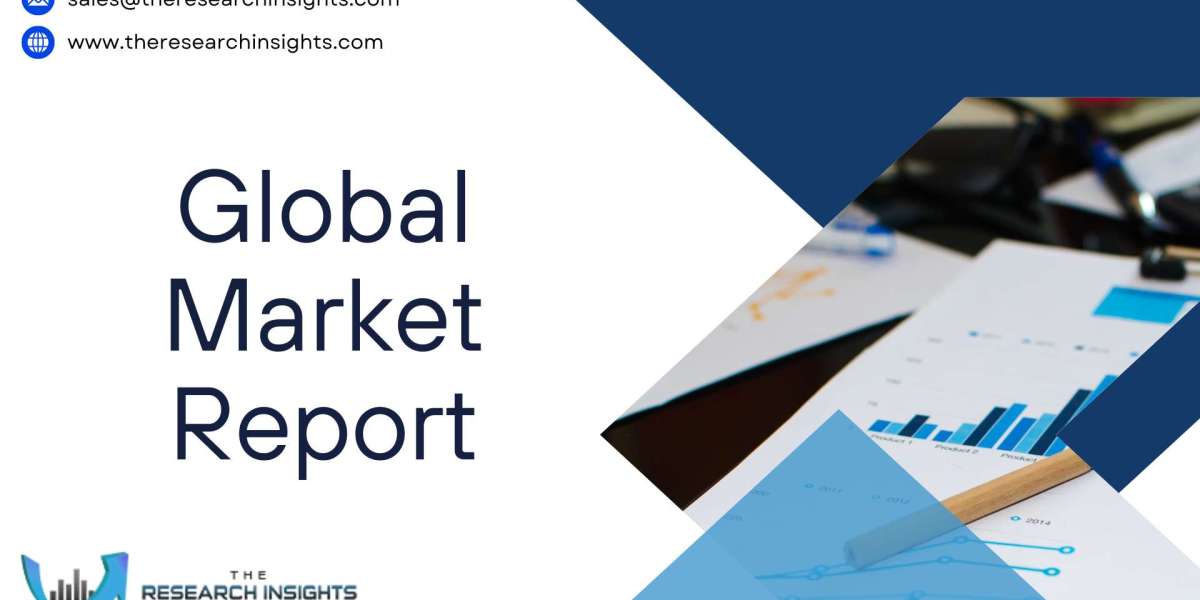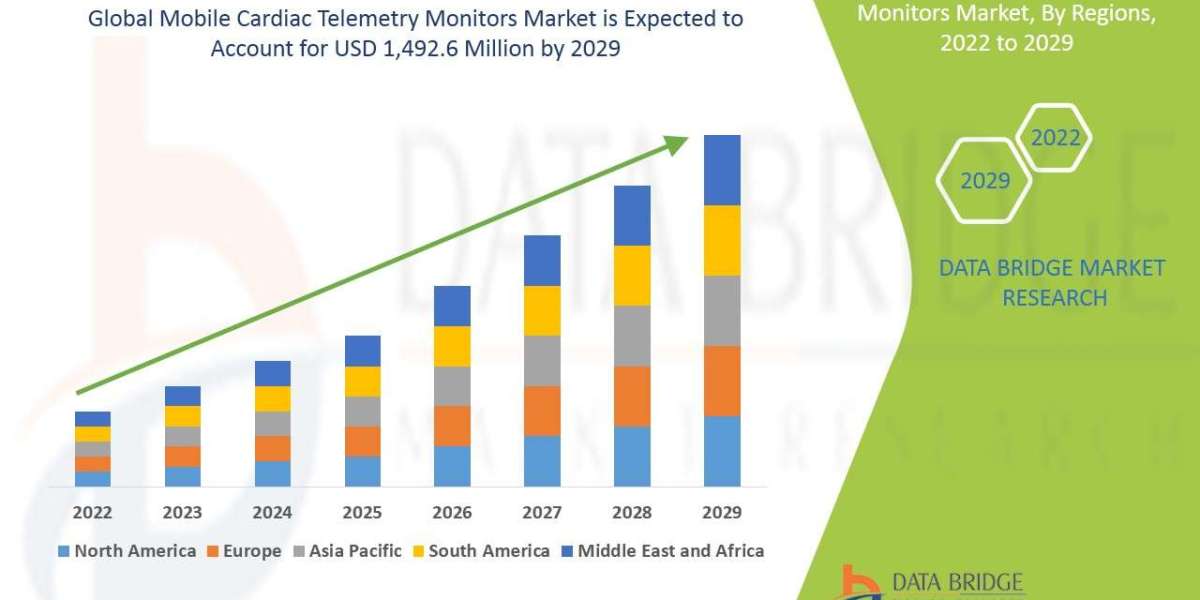In the competitive world of business, understanding customer needs and anticipating future demand is paramount. Imagine this scenario: you run a clothing store specializing in outdoor apparel. With summer approaching, you anticipate a surge in demand for hiking boots and swimwear. However, an inaccurate forecast leads to overstocking of winter jackets and understocking of summer essentials. This translates to lost sales, frustrated customers, and wasted resources.
This is where demand forecasting steps in – a strategic tool that helps businesses predict future customer demand for products or services. By analyzing historical data, market trends, and other relevant information, demand forecasting empowers businesses to make data-driven decisions that fuel growth.
This blog post delves into the core objectives of demand forecasting and how it serves as a cornerstone for sustainable business success.
The Core Objectives of Demand Forecasting:
Optimizing Inventory Management:
One of the primary objectives of demand forecasting is to maintain optimal inventory levels. Accurate forecasts help businesses avoid two critical pitfalls:
Stockouts: Running out of stock when demand is high leads to lost sales and frustrated customers.
Overstocking: Holding excess inventory ties up valuable capital, leads to storage costs, and increases the risk of obsolescence.
By accurately predicting demand, businesses can ensure they have the right amount of stock at the right time, maximizing their profitability and customer satisfaction.
Streamlining Production Planning:
Manufacturers rely on demand forecasts to plan their production schedules effectively. Accurate forecasts help them:
Allocate Resources Efficiently: Businesses can allocate resources like raw materials, labor, and production facilities based on anticipated demand.
Minimize Lead Times: Knowing future demand allows manufacturers to streamline their production processes and reduce lead times, ensuring timely delivery of products to meet customer needs.
Avoid Production Bottlenecks: Accurate forecasts help businesses identify potential bottlenecks in their production process and take corrective steps before they disrupt production flow.
Making Data-Driven Decisions:
Demand forecasting provides valuable insights that inform various business decisions:
Financial Planning: Forecasts help businesses project future revenue, manage cash flow effectively, and make informed investment decisions.
Marketing and Sales Strategies: By understanding demand patterns, businesses can tailor their marketing campaigns and sales strategies to target the right customers at the right time.
Product Development: Analyzing demand trends can help businesses identify product gaps and opportunities for innovation, leading to the development of products that meet customer needs and drive future growth.
Enhancing Customer Satisfaction:
Ultimately, the objective of demand forecasting is to ensure customer satisfaction. Accurate forecasts help businesses:
Meet Customer Needs: By having the right products in stock when customers need them, businesses can minimize wait times and backorders, leading to higher customer satisfaction and loyalty.
Manage Customer Expectations: Knowing anticipated demand allows businesses to manage customer expectations regarding product availability and delivery timeframes.
Navigating Market Fluctuations:
The business landscape is constantly evolving, with economic fluctuations, changing customer preferences, and unforeseen supply chain disruptions impacting demand. Demand forecasting empowers businesses to:
Identify Potential Risks: By analyzing historical data and industry trends, businesses can anticipate potential disruptions and develop contingency plans to mitigate their impact on demand.
Adapt and Respond Quickly: Agile forecasting models allow businesses to adapt their strategies and production plans based on changing market dynamics, ensuring they remain competitive and responsive to customer needs.
The Benefits of Implementing a Robust Forecasting System:
Improved Inventory Management: Minimize stockouts and overstocking, reducing costs and maximizing profitability.
Enhanced Production Efficiency: Streamline production schedules, avoid bottlenecks, and improve product delivery times.
Data-Driven Decision Making: Make informed decisions across sales, marketing, finance, and product development.
Increased Customer Satisfaction: Meet customer needs and manage expectations.
Reduced Risk in Volatile Markets: Be prepared for potential disruptions and adapt strategies quickly.
Improved Cash Flow Management: Project future revenue and manage cash flow accordingly.
Essential Techniques for Effective Forecasting:
There's no one-size-fits-all approach to demand forecasting. The optimal method depends on factors like the type of product, data availability, and the level of forecasting expertise within your organization. Here are some popular techniques:
Quantitative Techniques:
Historical Sales Data Analysis: Analyzing historical sales trends, seasonality patterns, and sales cycles can help identify recurring demand patterns and anticipate future fluctuations.
Moving Average: This method calculates the average sales data over a specific period. It's simple to implement but may not capture sudden changes in demand.
Exponential Smoothing: This technique assigns higher weights to recent data points, making it more responsive to recent trends but potentially less accurate for long-term forecasting. * Regression Analysis: This method identifies statistical relationships between demand and other variables like price or marketing spend. It's powerful but requires a strong foundation in statistical analysis.
Qualitative Techniques:
Expert Opinion: Leveraging the insights of experienced professionals within the industry or your organization can be valuable. However, expert opinions should be combined with other forecasting methods to minimize bias.
Market Research: Conducting surveys, focus groups, or competitor analysis can provide valuable insights into customer preferences and anticipated market trends.
Building Your Forecasting System for Success:
Creating a successful demand forecasting system involves a strategic approach and continuous improvement:
Clearly Define Your Goals: What do you want to achieve with your forecasts? Is it optimizing inventory for a specific product line or improving production planning for the next quarter?
Gather the Right Data: Ensure you have access to accurate and high-quality data, including historical sales data, market trends, customer demographics, economic indicators, and social media sentiment.
Choose the Right Techniques: Select forecasting methods that align with your business needs, data availability, and forecasting expertise. Consider using a combination of quantitative and qualitative techniques for a more holistic view.
Invest in Technology: Forecasting software and ML-powered platforms can automate data collection and analysis, streamline the process, and improve the accuracy of your forecasts.
Embrace Collaboration: Effective demand forecasting requires collaboration across different departments within the organization. Sales, marketing, and procurement teams all possess valuable insights that can contribute to a more comprehensive forecast.
Monitor and Refine: Demand forecasting is an ongoing process. Regularly monitor your forecasts' accuracy and adjust your models as needed to account for changing market dynamics and unforeseen circumstances.
Embrace a Culture of Data-Driven Decision Making: A successful forecasting system goes beyond simply generating reports. It's about fostering a company culture that values data-driven decision making and utilizes forecasts to inform all aspects of the business.
The Future of Demand Forecasting: Embracing Innovation
The world of demand forecasting is constantly evolving. Here are some exciting trends to watch:
Real-Time Visibility: Advances in technology will allow businesses to gain real-time visibility into their supply chains, enabling them to adapt their forecasts and production plans based on changes in demand as they occur.
The Power of Big Data: Businesses are generating more data than ever before. Advanced analytics tools can leverage this data to create highly granular forecasts that consider a wider range of factors.
The Rise of AI: Artificial intelligence (AI) can automate data collection and analysis, identify hidden patterns in customer behavior, and generate even more accurate and insightful forecasts.
The Connected Customer: With the increasing adoption of connected devices and the Internet of Things (IoT), businesses will have access to a wealth of real-time data on customer behavior and product usage.
Conclusion: The Roadmap to Sustainable Growth
In today's dynamic business environment, an effective demand forecasting system is a crucial roadmap to sustainable growth. By understanding the core objectives of demand forecasting, employing the right techniques, and embracing technological advancements, businesses can make informed decisions, optimize their operations, and navigate the ever-evolving market landscape. So, invest in your forecasting system, equip yourself with the power of data-driven insights, and unlock the objective of demand – achieving long-term business success!
Predict your sales volume and demand trends with our Artificial Intelligence-based SaaS platform visit: https://thousense.ai/
Source: https://bresdel.com/blogs/528231/The-Objective-of-Demand-A-Deep-Dive-into-Forecasting-for







